Ahmedabad-based Akshar Graphics
Ahmedabad-based Akshar Graphics is a pre-press house, which caters to the flexographic printing firms across India and in South Africa.
24 Oct 2012 | By Rushikesh Aravkar
A family-owned business, Akshar Graphics is presently managed by Nikunj Malavania, the third generation of Malavania family. “Some forty years back my grandfather established Art Process, the letterpress block making firm after acquiring expertise in manual block-making technique at Prabhat Process,” said Malavania. The letterpress blocks were etched out of thin plates made of zinc and copper to cater to short-run and long-run jobs respectively.
“Later, my father diversified the business by adopting technological developments in pre-press making a foray into flexographic platemaking,” he added.
Akshar, which produces 12 flexographic photopolymer plates per day, has a complete conventional platemaking kit from Mekrom Engineering. The company uses film negative to expose a plate, which is then developed on a plate processor and cured under UV light. Malavania said, “Flexographic plate making is a time consuming process. Whether it is done conventionally or digitally, it requires almost four hours to make a plate.”
With several years’ experience in pre-press behind it, Akshar has achieved the expertise of file handling in conventional process and having studied the difference between conventional and digital platemaking requirements, the pre-press house plans to foray into digital platemaking by investing in a direct imaging (CTP) system. Malavania said, “We have a strong client base for conventional plate making. If we invest in digital equipment, we will be capable of catering to the digital plate requirements of our existing customers as well as expand our client base.” According to Malavania, within a year’s time the film technology will become obsolete due to increasing cost and availability issues.
As Malavania says that conventional platemaking is cheaper as compared to digital; also, there is not much difference in the quality of line work jobs prepared by any process. In direct imaging systems film is eliminated as laser is used for engraving purpose. Malavania explains that the major advantage of this process is that there is no dot gain, which is observed when negatives are used. Also, direct imaging enables multiple screening to be included in a single job which is not possible when films are used. Hence, there is enhancement in the quality of digitally produced plates.
Malavania has invested in strong plate developing and drying units as he believes that plate developing and drying are significant stages in the process which determine the final quality of the dots created. He said, “The CTP will image the dot on the plate but unless and until the plate is developed and dried properly the dot will not sustain on the plate surface. So, rather than going for CTP we wanted to have these systems in place first.”
According to Malavania, the plate consumption for label printing is huge which is driven by the surging pharmaceutical packaging market as every pharma company has a large basket of products and hence the packaging requirement is enormous.
The pre-press house provides solution for all possible segments, which include letterpress blocks; male-female embossing blocks; stationery ruling plates; UV coating plate; plates for packaging and corrugated cartons etc.












 See All
See All